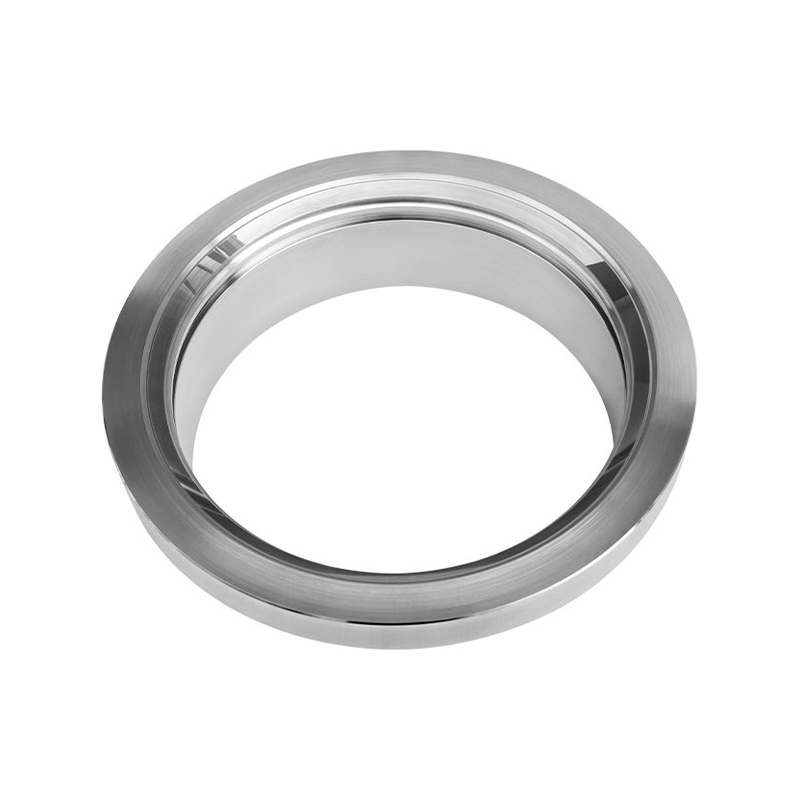Ball valves play a very important role in the petrochemical industry. Ball valves are widely used in various working conditions in the petrochemical industry, including special environments such as wear resistance, high-frequency switching, hydrogen high pressure, and ultra-low temperature. Imported ball valves usually perform well under these harsh working conditions because they are usually developed by foreign valve manufacturers in cooperation with patent holders. After a large number of engineering projects and continuous improvement, they have stable performance and reliable quality.

In recent years, domestic manufacturers have been steadily advancing their capabilities to meet the demanding requirements of the petrochemical industry. While imported ball valves have long been preferred due to their early establishment in specialized applications, there is growing recognition that local production has achieved substantial progress, particularly in critical components such as the stem of ball valve, sealing materials, and body structures. These developments are helping to bridge the gap between domestic and imported products, especially for specific operating environments such as high-temperature service, cryogenic conditions, and systems with frequent actuation.
The stem of ball valve is a critical component that directly affects both sealing performance and operational life. In petrochemical environments, where valves often undergo thousands of cycles and may be exposed to corrosive media, stem design and material selection become particularly significant. An improperly designed stem can advance to leakage, increased torque, or even failure under high pressure or temperature fluctuations. Modern ball valve stems are typically made from corrosion-resistant alloys or stainless steel and include features such as anti-blowout structures and low-friction bushings to reduce wear during repeated opening and closing cycles.
Among the many ball valve configurations now available for petrochemical use, the stainless steel flange ball valve stands out for its durability and resistance to harsh chemicals. Flanged connections provide a secure and stable installation, especially in high-pressure pipelines. Stainless steel materials, particularly grades such as 316 or duplex alloys, are favored for their corrosion resistance, mechanical strength, and ability to maintain performance under thermal stress. These valves are widely used in the transport of crude oil, refined products, ethylene, hydrogen, and other substances typically encountered in petrochemical plants.
Additionally, attention is being given to valve seating technologies to improve sealing and extend maintenance intervals. The air seat valve is an example of a design that utilizes compressed air or pneumatic force to enhance the sealing between the ball and the seat. These valves are particularly useful in applications where quick actuation is necessary or where there is a need for remote control via automated systems. Air seat valves can reduce the risk of fugitive emissions and are compatible with both standard and hazardous process media.
As demand for more reliable and cost-effective solutions grows, manufacturers are focusing on precision machining, surface finishing, and material innovation. Valve components, including the stem, ball, seats, and body, must all work in harmony to ensure leak-tight performance under dynamic conditions. For example, a stainless steel flange ball valve installed in a high-cycle ethylene recovery line must withstand thermal expansion, frequent switching, and media impurities without compromising operational stability.
To support diverse installation scenarios, ball valves are now offered in a range of pressure classes, face-to-face dimensions, and end connection standards. Whether in manual, pneumatic, or electric configurations, these valves contribute to the overall efficiency and safety of process systems. For end users in the petrochemical industry, selecting the appropriate valve depends on a careful assessment of system pressure, temperature, media type, and actuation requirements.
In conclusion, ball valves remain a fundamental component of fluid control in the petrochemical sector. Key elements such as the stem of ball valve, stainless steel flange ball valve, and air seat valve each play a unique role in ensuring stable operation under complex and challenging conditions. As technological capabilities continue to advance, the gap between imported and locally manufactured valve solutions is narrowing, offering users more competitive choices tailored to their specific application needs.